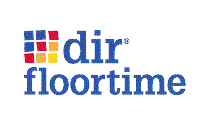Learn
About Our Teaching Techniques & Interventions.
Our focus is on addressing the impairments of ASD:
- Cognitive
- Communication
- Sensory
- Social
Alternative & Augmentative Communication (AAC)
Makaton Sign Language
Picture Exchange Communication System (PECS)
TEACCH (Treatment & Education of Autistic & Communication Handicapped Children)
Alternative & Augmentative Communication (AAC)
(AAC) is a specific type of assistive technology that can benefit people with autism of all ages by promoting independence, expanding communication, and increasing social interactions.

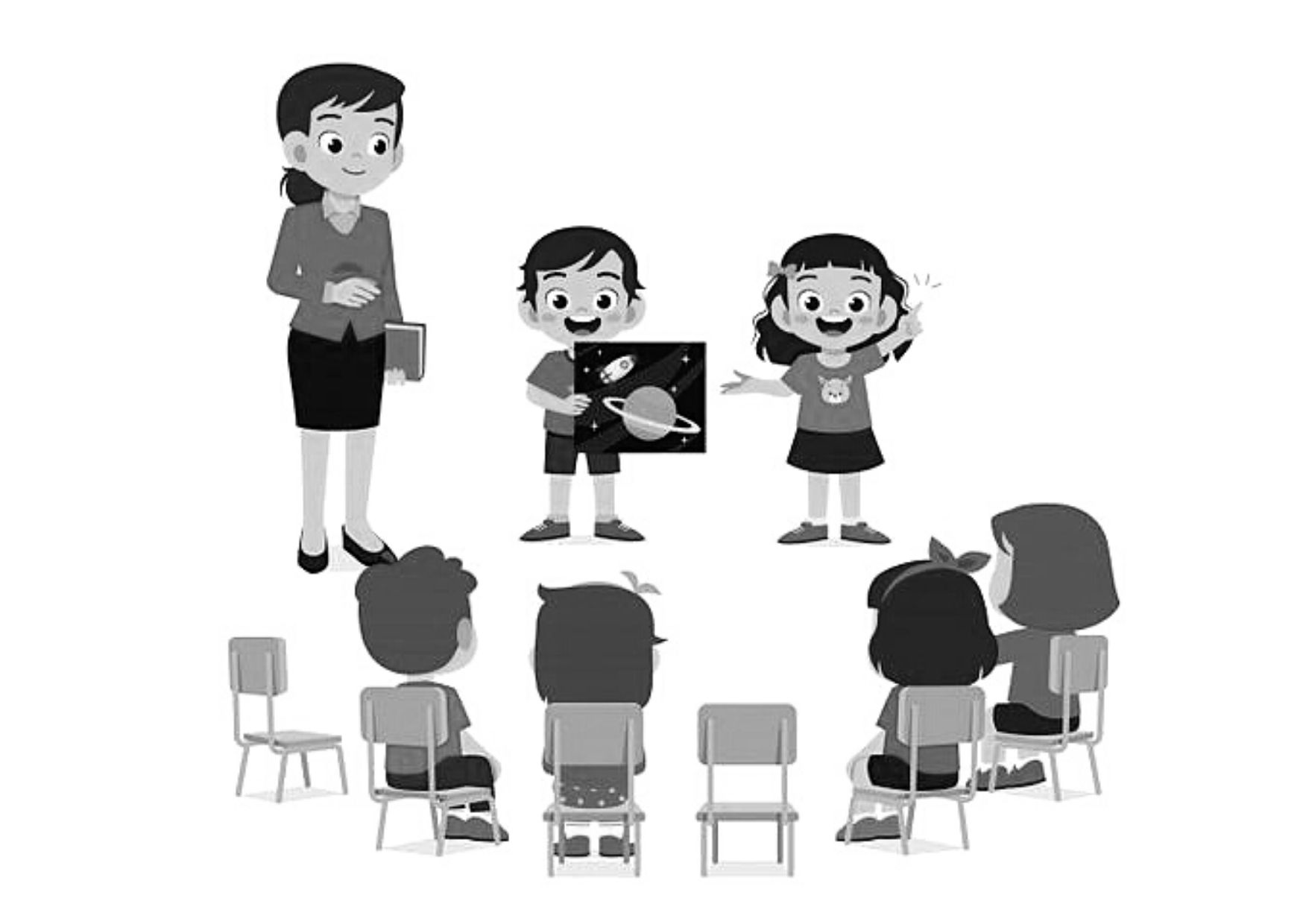
Academic & Pre-Academic Input
Academic and pre-academic input (numeracy, literacy and life skills) is our main focus in the classroom. This input is based on a number of recognised curricula both locally and internationally. For example we use an adapted CAPS curriculum as well as a variety of locally produced special needs curricula. In addition we use curricula developed internationally such as SCERTS (USA) and P files (UK).
Aspects of ABA
Aspects of ABA (Applied Behavior Analysis) is the science of applying experimentally derived principles of behavior to improve socially significant behavior. ABA takes what we know about behavior and uses it to bring about positive change (Applied). Behaviors are defined in observable and measurable terms in order to assess change over time (Behavior). The behavior is analysed within the environment to determine what factors are influencing the behavior (Analysis).
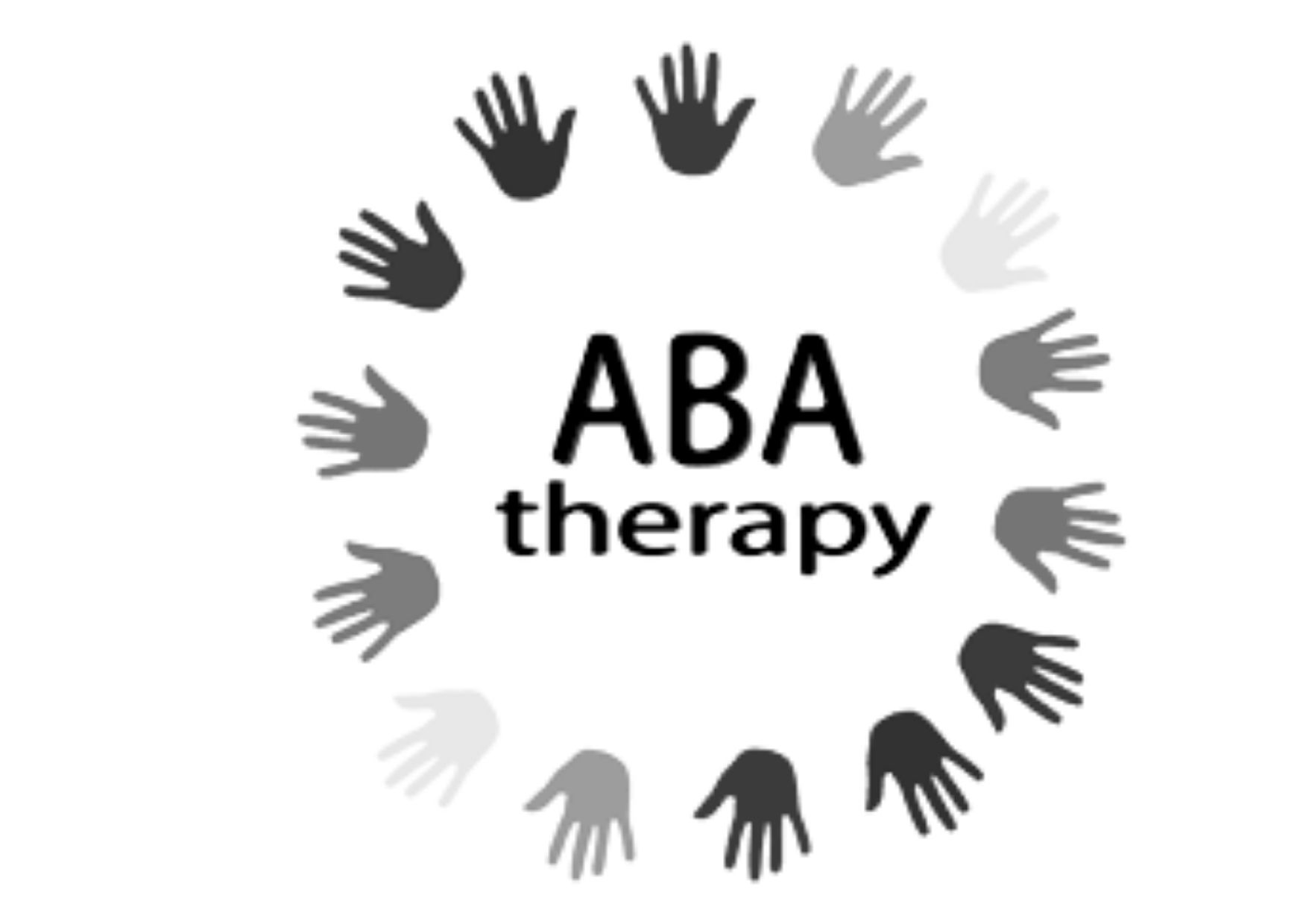

Makaton Sign Language
Makaton is a language programme designed to provide a means of communication to individuals who cannot communicate efficiently by speaking. Makaton has been effectively used with individuals who have cognitive impairments, autism, Down’s syndrome, specific language impairment, multisensory impairment and acquired neurological disorders that have negatively affected the ability to communicate.
Picture Exchange Communication System (PECS)
PECS is a unique alternative/augmentative communication system developed in the USA in 1985 by Andy Bondy, PhD, and Lori Frost, MS, CCC-SLP. PECS was first implemented with pre-school students diagnosed with autism at the Delaware Autism Program. Since then, PECS has successfully been implemented worldwide with thousands of learners of all ages who have various cognitive, physical and communication challenges.
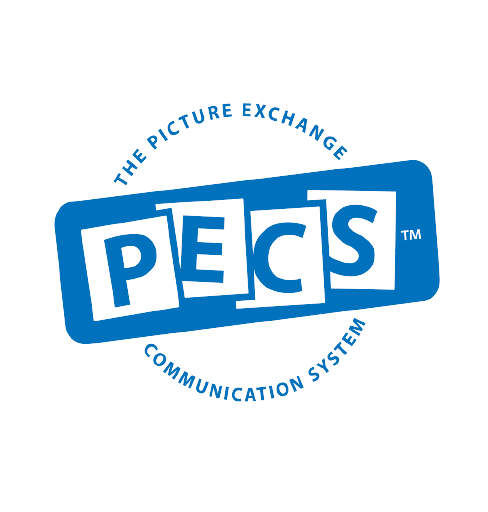
Teacch
Rooted in behaviour therapy, combined with cognitive elements, TEACCH theory:
– Suggests that typical ASD behaviour stems from perception issues and lack of understanding of expectations and sensory under or over stimulation.
– Addresses communication deficits so that the person feels supported rather than having behaviour challenged.
– Works from the premise that ASD people are predominantly visual learners.
– Intervention strategies are based around physical and visual structure.
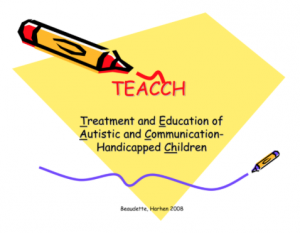
DIR Floortime
